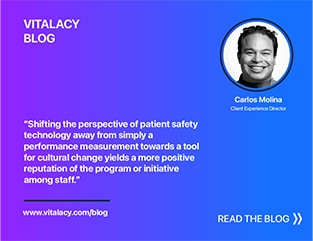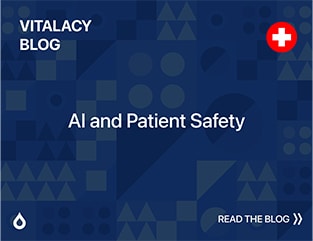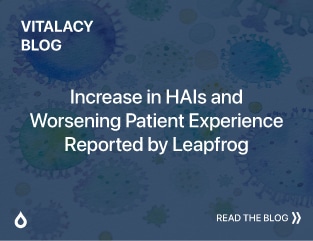It’s no secret that sometimes animals are inadvertently responsible for passing on dangerous—possibly even fatal—illnesses and infections to humans.
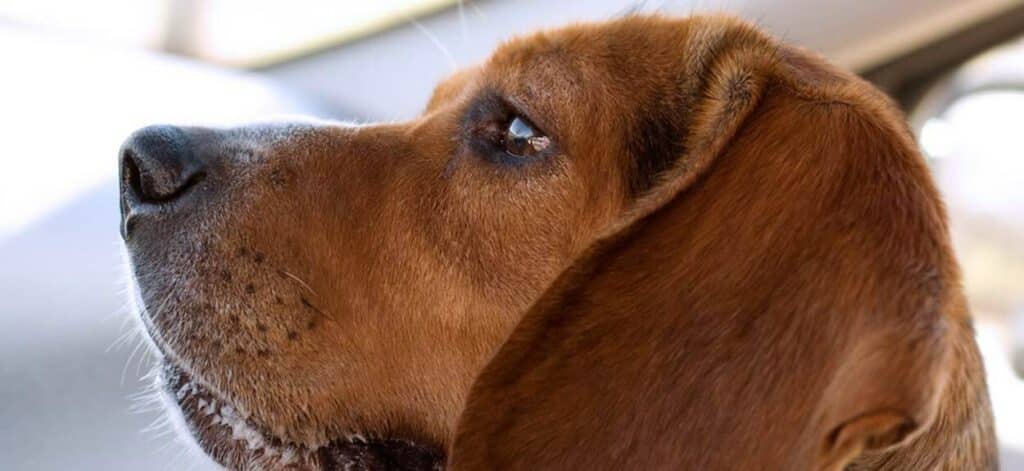
From tiny ticks carrying Lyme disease to cuddly cats whose litter boxes can spread toxoplasmosis, it seems like any animal or insect can go from friend to foe in an instant.
So, it might come as a surprise that the opposite is also true in the world of infection control. In fact, some animals are helping hospitals detect and prevent the spread of infections in rather surprising ways.
Here’s how dogs and horseshoe crabs—yes, horseshoe crabs—are aiding hospitals in infection control.
Dogs Detecting Clostridium Difficile
In December 2012, the British Medical Journal (BMJ) published a study about a beagle named Cliff whose detective work in two Dutch hospitals had proven astonishingly accurate in sniffing out the Clostridium difficile bacteria.
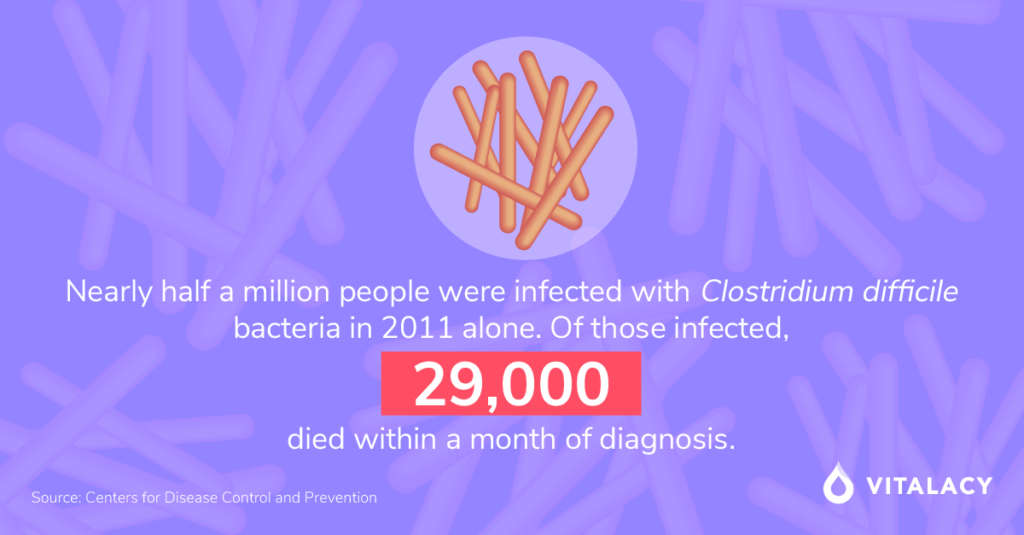
While traditional lab tests can take up to 2 days to verify a bacterial infection, Cliff was able to alert healthcare providers to its presence by simply sitting or lying down when his ultra-sensitive nose picked up the bacteria’s scent.
According to the BMJ article, when presented with 50 healthy stool samples and 50 infected stool samples, Cliff was able to accurately identify the bacteria in all 50 infected samples. When brought to patients’ bedsides, he correctly detected the bacteria in 25 out of 30 cases.
Cliff’s results were so encouraging that a Canadian hospital brought an English springer spaniel named Angus onto their staff as well, with the hope of stopping the spread of clostridium difficile, a July 2016 Becker’s Hospital Review article reports.
If this practice catches on, dogs could very well play a part in saving thousands of human lives.
Horseshoe Crabs Helping Hospitals Stop Infection Spread
The horseshoe crab’s role in infection control is controversial because it involves removing them from their natural habitat and extracting their blood, an April 2017 Popular Mechanics article explains.
A clotting agent in the crabs’ blood is used to create Limulus Amoebocyte Lysate (LAL), a mixture that can be used to test a range of medical supplies—from insulin to scalpels—for potentially deadly bacteria.
E. coli is one form of bacteria that LAL can detect on medical equipment, including implantable devices such as knee replacements. In fact, LAL can detect infectious bacteria that can withstand the most stringent sterilization processes that medical equipment is put through.
Not surprisingly, demand for horseshoe crab blood is quite high. The biomedical industry harvested 610,000 crabs in 2012, up from between 200,000 and 250,000 in the 1990s, according to the Atlantic States Marine Fisheries Commission (ASMFC), which manages fishery resources on the Atlantic coast.
So, what’s the future for horseshoe crab blood? It’s uncertain. With each horseshoe crab bled of one-third of its blood, then returned to the ocean, scientists are increasingly concerned about how this practice will impact the species in the long term.
The ASMFC is taking steps to maintain a more accurate count of its stock assessments (census) of horseshoe crabs: It will begin to take biomedical harvests into account in 2018. Whether the agency begins to set harvest quotas for the biomedical industry is an unanswered question for now.
Proper hand hygiene is ground zero for infection prevention. Learn more about our hand washing tool for healthcare facilities: https://vitalacy.com/
Request a demo of Vitalacy’s Automated Hand Hygiene Monitoring Solution today!
Author
-

Vitalacy is committed to reducing patient harm in healthcare through better hand hygiene and patient safety solutions. Bluetooth-enabled smart sensors and wearables help improve outcomes and Leapfrog Hospital Safety Grades.

